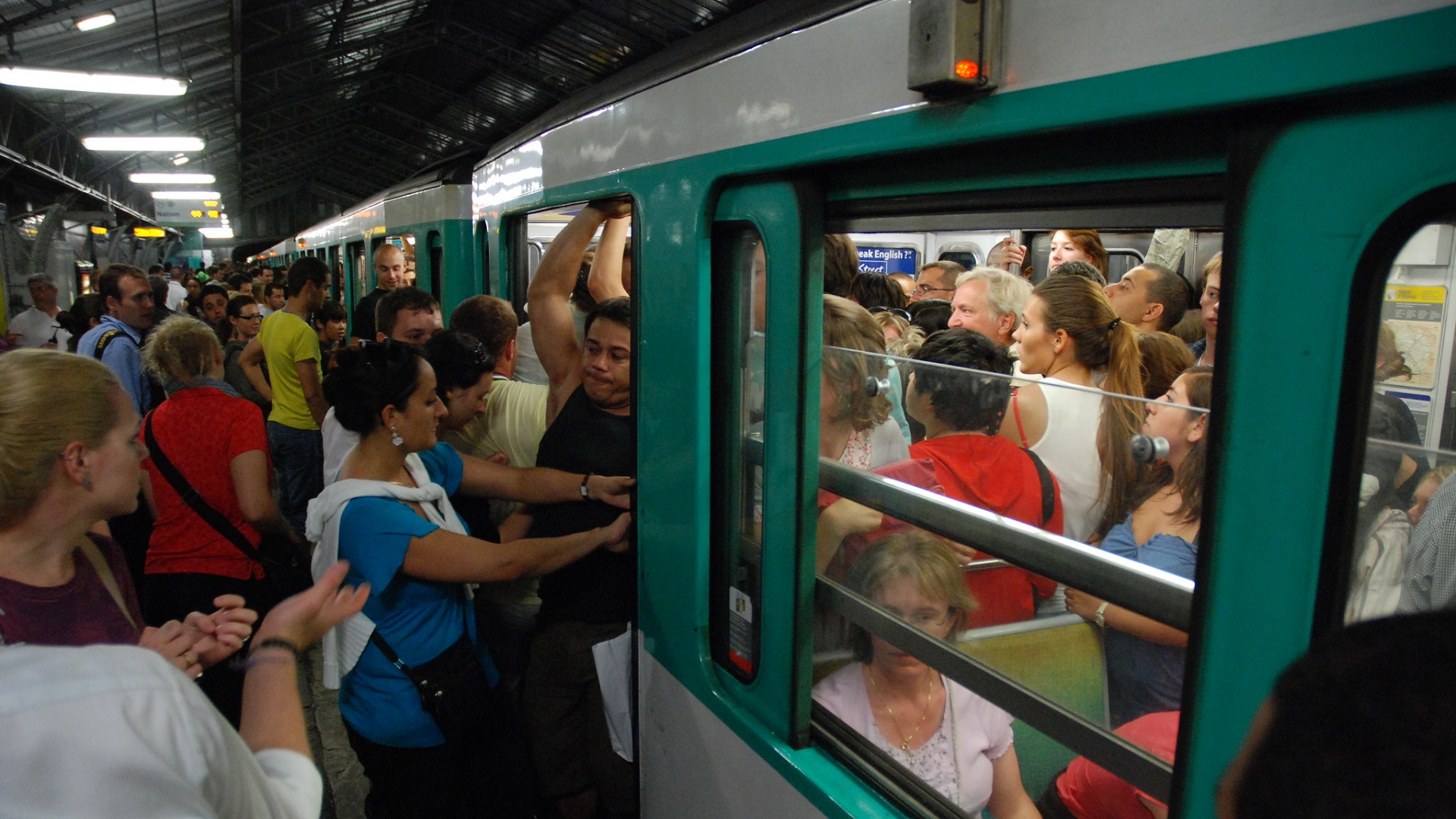The Ministry of Transport provides an interactive map which attempts to represent the crowds in the metro, RER, tram and Transilien during the Paris 2024 Olympic Games. By choosing the time and date, it is possible to identify the stations and lines that should absolutely be avoided.
Flee Paris or flee Paris. This, in short, is what the discussions of Ile-de-France residents boil down to when it comes to discussing the Paris 2024 Olympic Games. Many seem determined to move away from the capital during the events, which will take place from 26 July to August 11 then from August 28 to September 8.
Advertisement
And then there are those who will stay, but also the visitors, who will come especially for the occasion. To support tourists and locals alike, the administration has set up an interactive map of Paris and the surrounding area to indicate the “impact” of the Olympics on public transport, but also on the roads.
Launched at the end of January, this card — accessible at this address — reflects “ traffic restrictions and forecast attendance », Specifies the Ministry of Transport. As of February 13, she takes charge of the two weeks of the Olympics. The map does not yet include the Paralympic Games and the passing of the Olympic flame.

Metro stations sometimes overcrowded during the Olympics
The estimated attendance is represented by a color code, for each metro, RER, transilien and tram station. The color code per station varies depending on the time and day. Of course, the stations closest to the Olympic venues are the ones that will receive the greatest load. The same work is carried out on railway lines.
The attendance scale is as follows:
Advertisement
- white: station not impacted.
- green: preferred station.
- yellow: very busy station.
- orange: extremely busy station (expected waiting);
- red: station to avoid (the waiting time to access the platform is more than 15 minutes).
Finally, there is a final color, black, to symbolize closed stations. These are those located closest to the Olympic sites. For example, around the Concorde and Grand-Palais sites — Alexandre III bridge, the Champs-Élysées Clémenceau, Concorde and Tuileries stations will be closed.
The stations marked in red promise to be particularly difficult for travelers. Indeed, the ministry's warning concerns well the time to access the platform, and not the time spent waiting on the platform for the next train. And this delay may increase if there is a traffic jam.
The very heavy traffic is mixed with another challenge: that of train punctuality, which today is still too degraded on certain lines. Another subject of controversy: QR Codes for traveling around Paris during the Games. The price of a Paris metro ticket of 4 euros also sparked strong indignation.


All the news about SNCF trains
